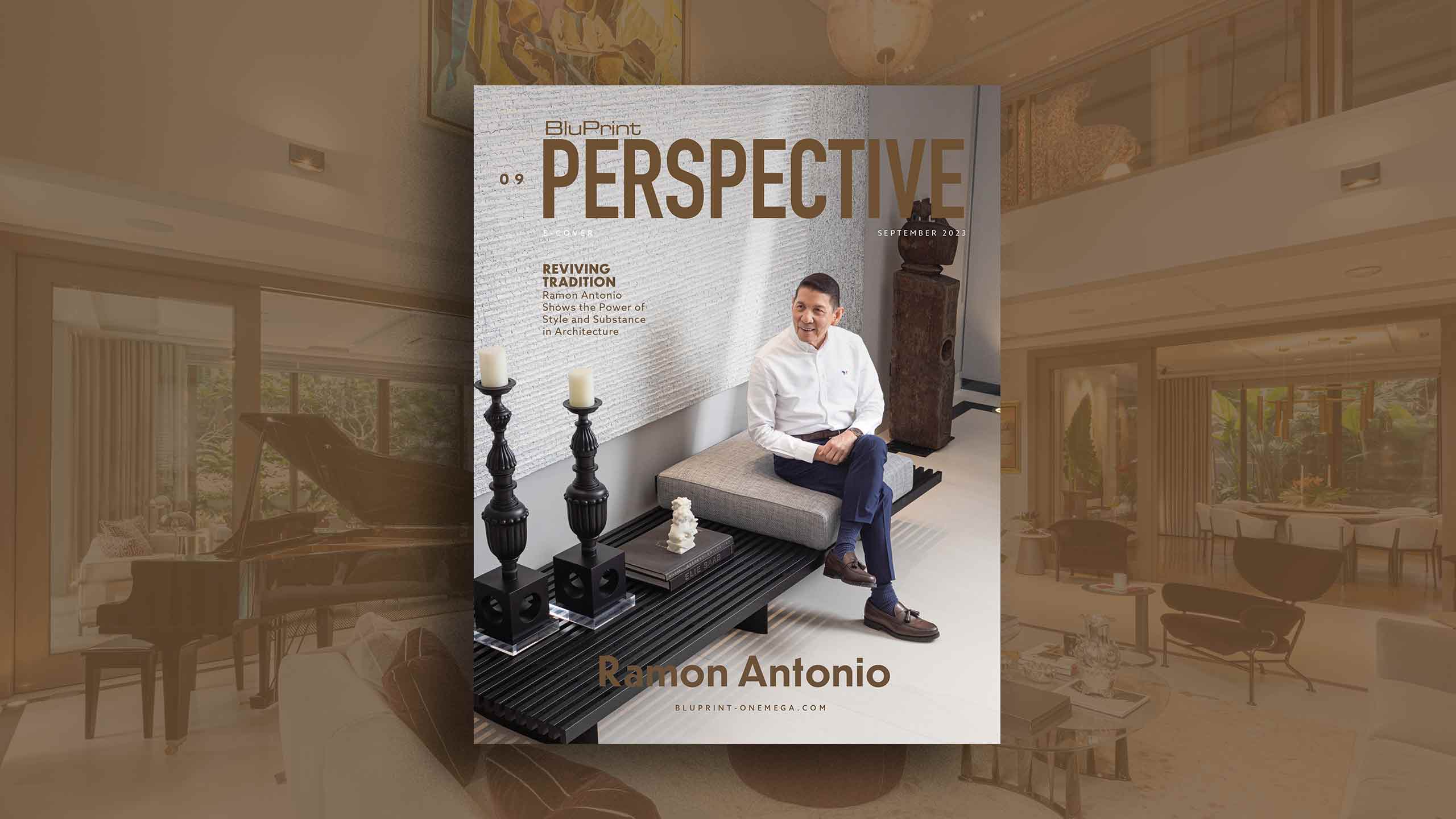
Reviving Tradition: Ramon Antonio on Designing Harmony Between Old and New
“I’m a gardener and I love gardening. It’s relaxing. I pick up the leaves and I have scissors to prune. I cultivate and I have fertilizer. It’s a joy when you see the plants grow and get bigger,” says an enthusiastic Ramon Antonio. Of course, Ramon is much more than a gardener. He’s a choice architect for neoclassical homes for almost 4 decades now. To know him is to know that gardens, trees and plants hold a big and special part of not only his architectural practice but his everyday life.

His love for gardens is rooted in the memories of growing up in Pasay. “We lived in Pasay in a big house with a lot of trees. We had old fashioned plants like begonias and doña auroras. We grew up in that atmosphere,” he recounts fondly. “The art of gracious living is the way we grew up. My mother was always entertaining because my father was an architect. That was a different generation. I’m glad young people are going back to that gracious living and quiet elegance.”
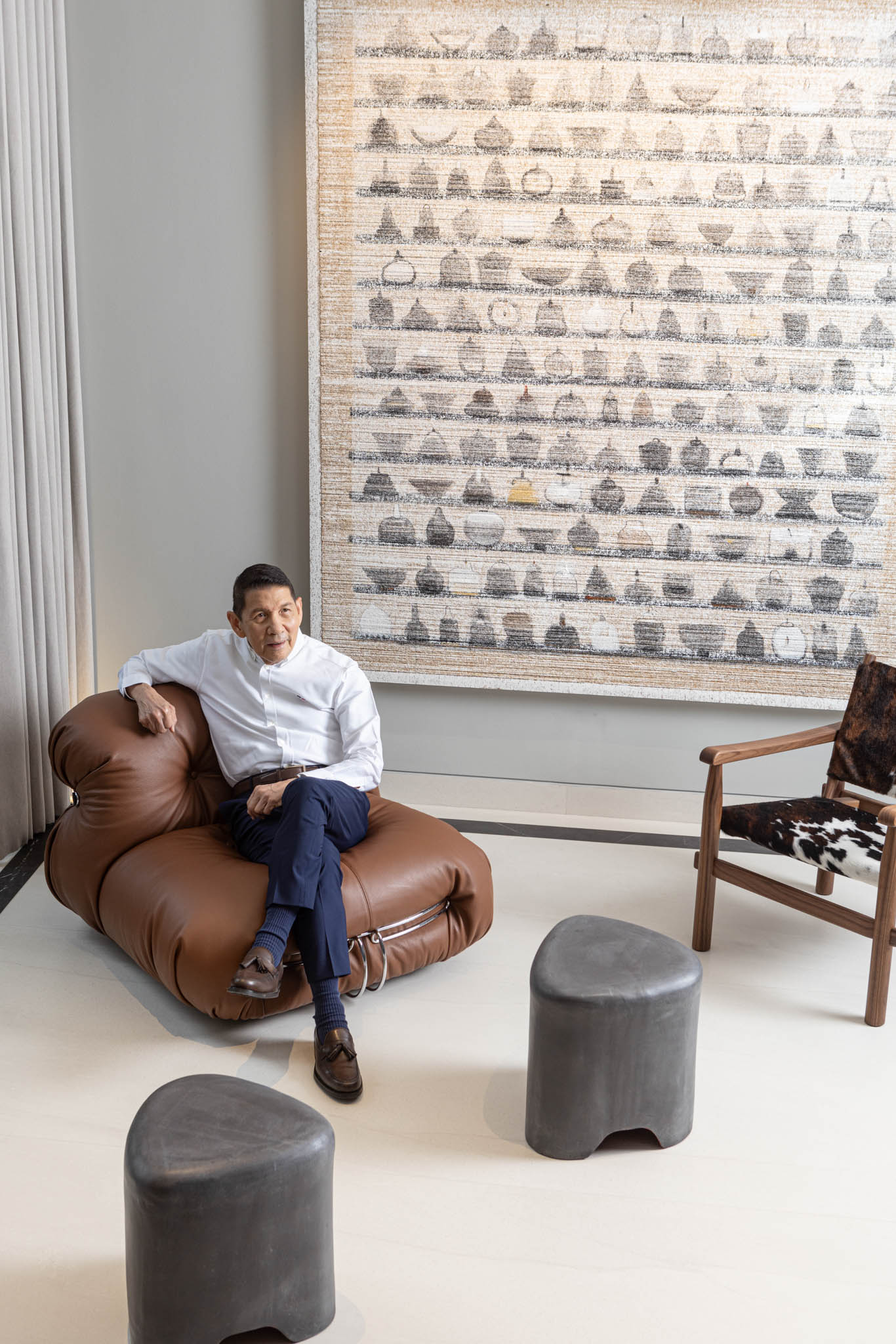
This setting was an important factor in fostering the values he protects today as an architect. He’s a stalwart advocate of the environment and this is clearly reflected in his home and the homes he designs for his clients. When his neighbor sold him their lot, he tore down the structure, kept all the existing trees and built a garden around it. Native fruit trees such as chico, santol, macopa and bignay tower over the fanned leaves of licualas and red palms. “Normally people have a big lawn. I wanted to create a lot of layers. You see the illusion of the space – of the depth. I always don’t want to feel like I’m in Makati. I want to feel like I’m living in the countryside. To me it’s very important – landscaping, the greenery and the environment.”

The style of his homes are timeless – modern classical tweaked to perform in the tropical climate. “A perfect Filipino home is very tropical. It’s very open and well cross-ventilated. It’s not dependent on air conditioning with lots of open windows and doors. Preferably with a courtyard and furnishings that are accumulated – a mixture of old and new but blended and mixed and matched properly,” he advises. “I always like a house that is timeless and not very trendy.”
His penchant for sleek Italian furniture brands such as Cassina, Henge and Baleri are often juxtaposed with an eclectic mix of Asian artifacts, statues and vessels. Ramon takes a holistic approach when designing someone’s home. The structure of the home is just the beginning of what he draws up for his clients. “For me, architecture, interior design, landscaping and lighting come hand in hand. I include these from the very start of a project.”
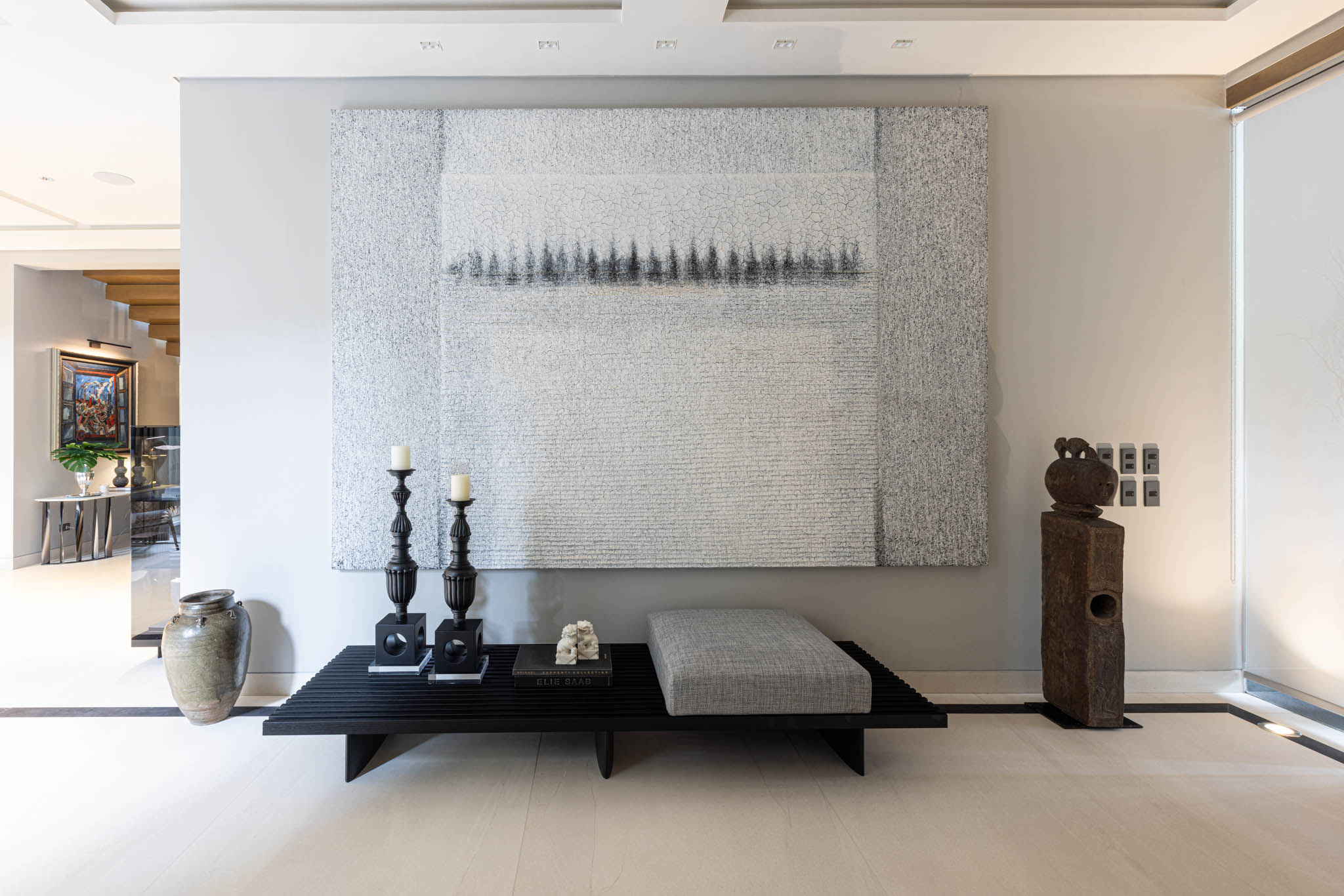
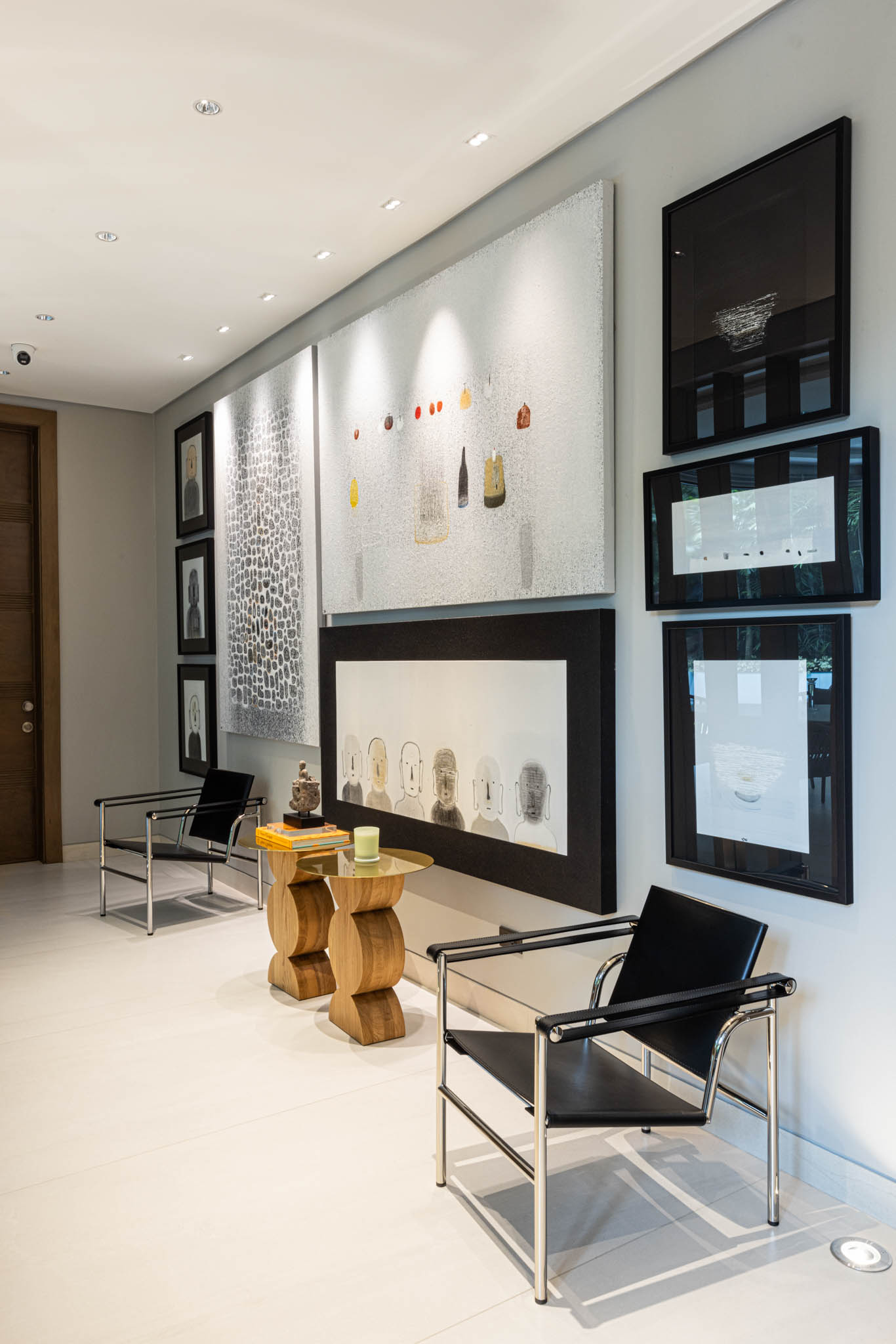
Growing up with his father, National Artist Pablo Antonio, exposed him to architecture early on. “We would go to his office in Taft avenue – Taft Ave was so very nice back then. We would look through all his architectural books. And we would look at all his stuff, and how his draftsmen they rendered all in pencil. Staedtler HB pencils, I remember. We would go to the hardware stores to Go Soc and Sons. You learn the process by seeing,” Ramon shares. “I learned by seeing my father at work and going to the site.”
To this day, Ramon manually sketches the plans of the homes he designs while sitting in the den of his home. The room is brimming with books on design (the likes of Italian architect and interior designer Michele Bönan), artwork by Roberto Chabet and Emmanuel Cordova, and a mix of furniture by Knoll, Le Corbusier, and Fritz Hansen. Floor to ceiling sliding glass doors frame his verdant garden of giant ferns and palms while calm classical music plays in the background. He makes sure that he is surrounded by inspiration as he designs for his clients.
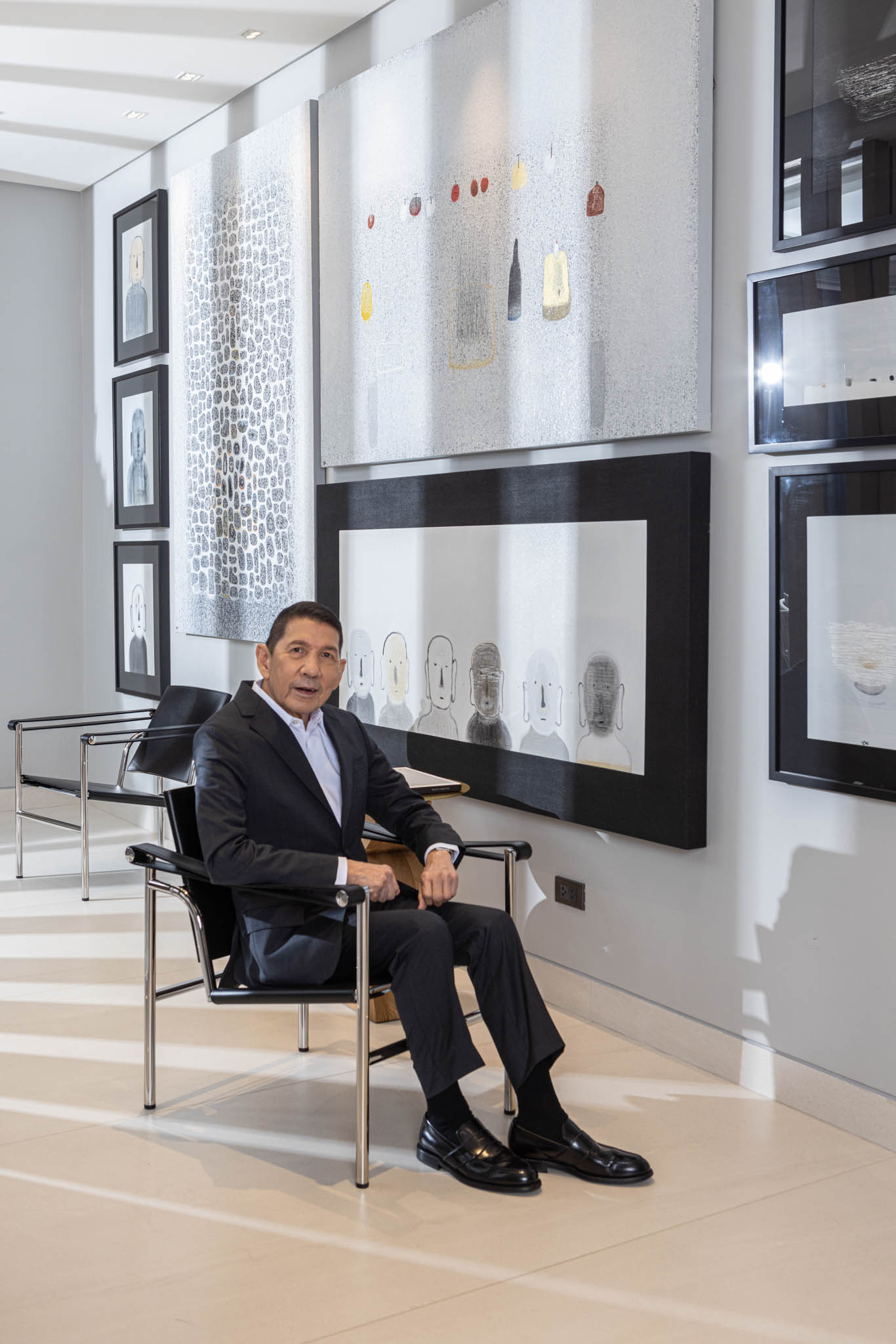
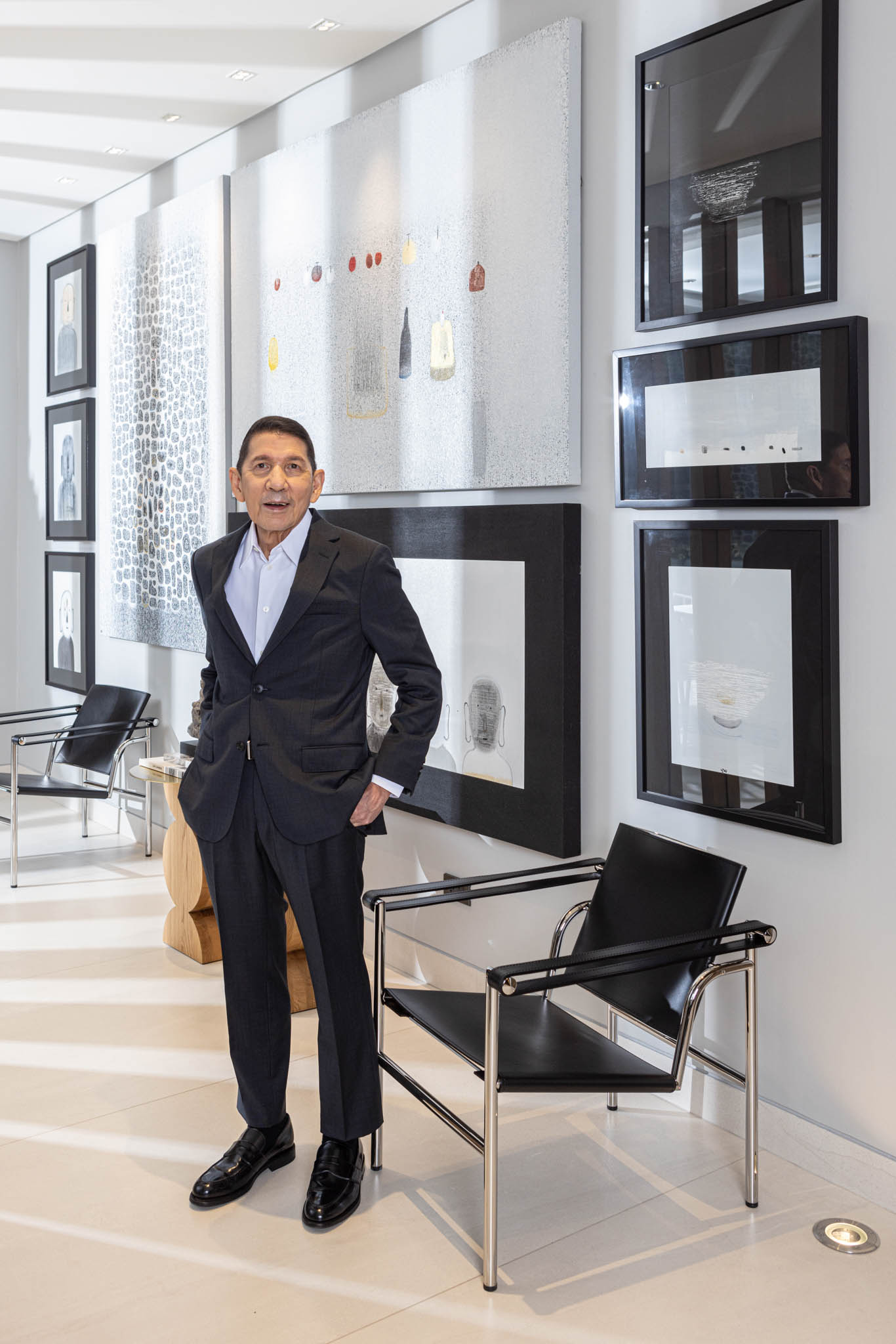
“I’m very old school,” he quips. “I like everything written down. I work on a plan and do it all manually. You have to learn to visually put yourself in that plan and walk inside. If you’re designing for a senior citizen, you need to think about giving space for a caregiver, a larger shower, wider corridors, things like this. I design everything manually and I bring it over to the office where they transfer it to CAD.” His leather-bound black notebook is full of hand-drawn colored sketches of homes, reminders, and schedules.
His architecture revolves around what he calls “the art of gracious living”. He wants his clients to see their home as a place of joy and one that can enable them to live their best life all the way down to the smallest of details. “The art of gracious living means to be able to live nicely. You have a beautiful table setting, your staff are well-trained and all of these things. It’s very important. Living graciously, living elegantly – it’s like having a gracious state of mind. Everything that you present – even simple things – present it nicely. My homes are really made for gracious entertaining,” he says.
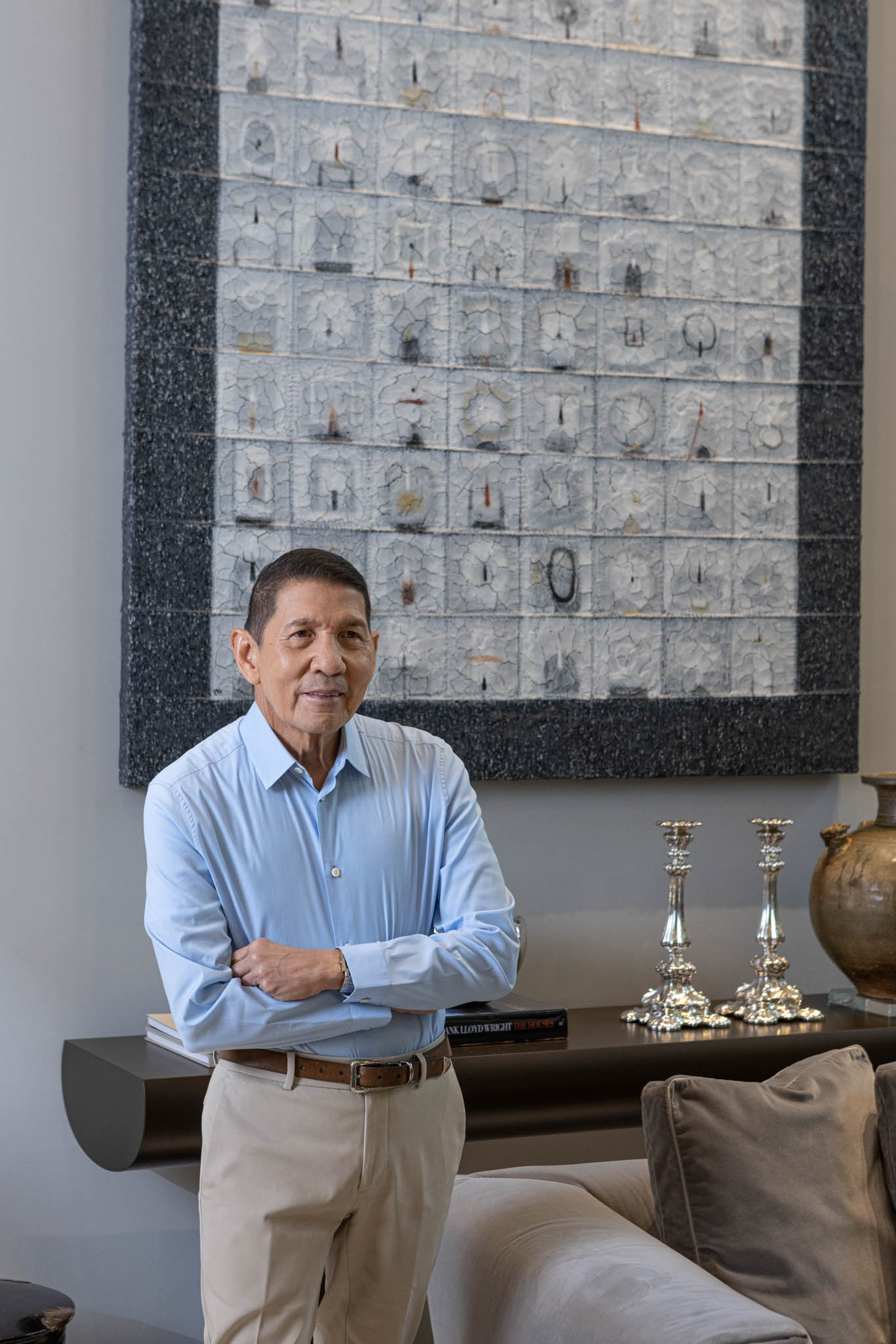
He embodies this philosophy even with the way he presents himself. The architect is always in a neatly tucked button down shirt and slacks. There’s a vivacity with the way he moves and talks. He’s proud that he walks for kilometers in his favorite cities such as Bangkok, Stockholm and Milan.
Lighting of a project is a main element in all of Ramon’s designs. As he already has the interior design in mind from the beginning, he can manipulate the lighting in the most optimal way to showcase art or the furniture. “Lighting is very important because that creates the mood of the house. I like a lot of soft lighting that’s why I like a lot of lamps, a lot of wall washers and up lighters.”
His design style is mainly inspired by his travels to Europe. For the past 20 years, he’s attended Salone del Mobile in Milan where he gets a first peek at new innovations and technology in design. “I think now modern technology has helped a lot with the design of houses, with all the types of materials available. Now we have a lot of glass with different textures, and tiles that look like stone. You don’t have to destroy nature for it anymore. For me, it’s a joy.”
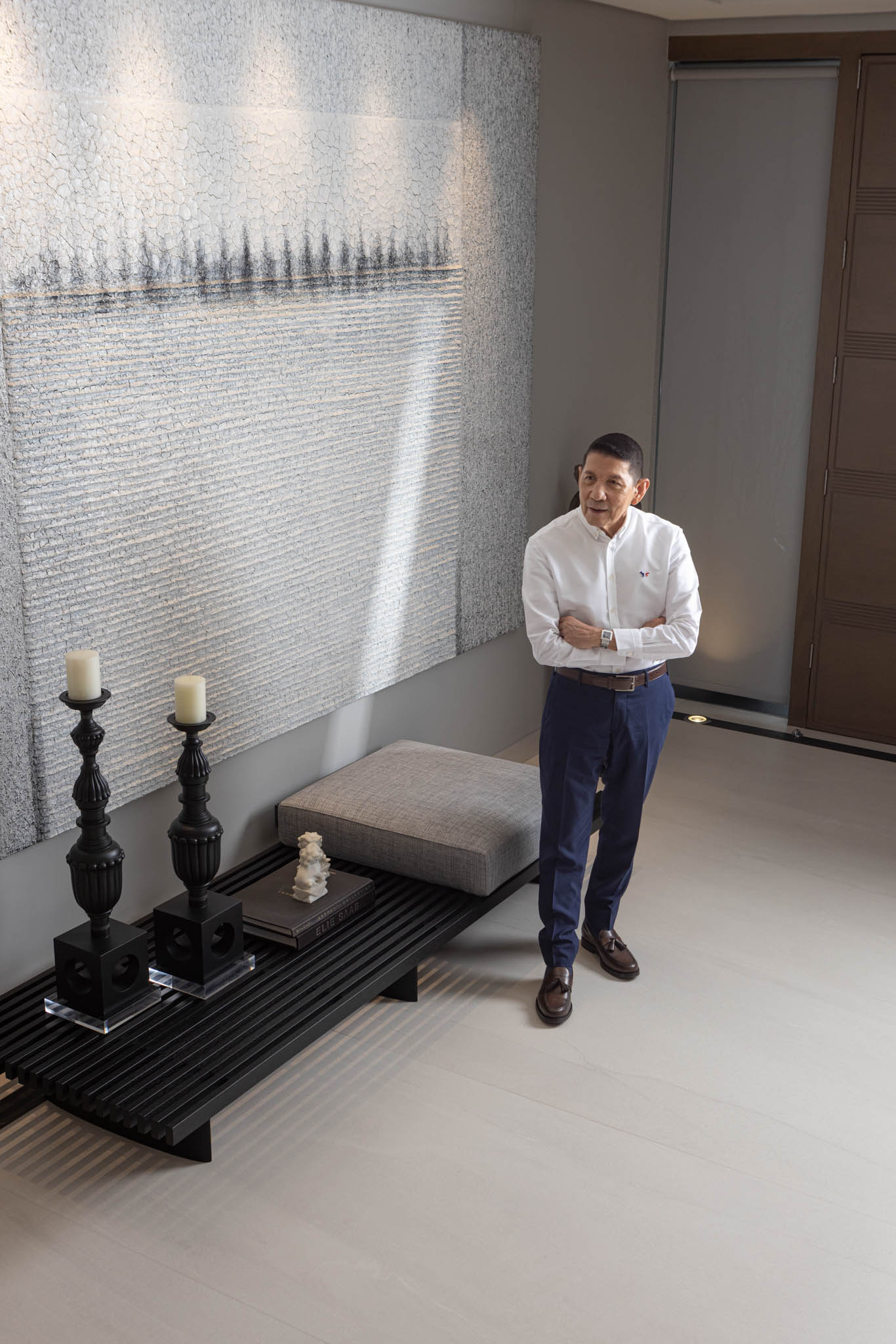
Classical movies also are a source of inspiration for the architect. “When I was young, my father designed a lot of movie houses. One of his movie houses was Galaxy Theater – I don’t think it’s there anymore – on Rizal Avenue. There were movies like South Pacific and movies with William Holden in tropical settings. I always love the feeling of the tropics. On YouTube there are movies such as Tamarind Seed set in the Caribbean and the houses are beautiful,” Ramon reminisces.

Ramon’s passion for beautifully tended gardens, correct lighting, timeless interiors and gracious living all trace back to nostalgia and tradition. Those who are fortunate enough to live in a home he designed knows very well that he is reviving the lost art of living elegantly and graciously. He takes the time to advise his clients on the different types of utensils and their uses, floral arrangements that go well with the occasion, and even the proper uniform for the household help. His adept hand at placing an ancient Tibetan statue with a Metropolitan chair from B&B Italia is proof that there can be harmony between old and new. One just has to have the right guidance.
When asked what his advice is to young architects, he says, “I think young architects these days focus on making a house too trendy or adding too many elements. By the time they get to the interiors, it becomes too busy. Design houses that are practical and easy to maintain.”
READ MORE: Shifting Perspectives: Cathy Saldaña on Leading The Practice Toward Equitable Architecture
Text and Photography Jar Concengco
Videographer Omar Villanueva
Video Editor Grant Babi
Art Direction Patricia Oliveros
Sittings Editor Geewel Fuster
Grooming Cats Del Rosario
Shoot Coordination Mae Talaid


